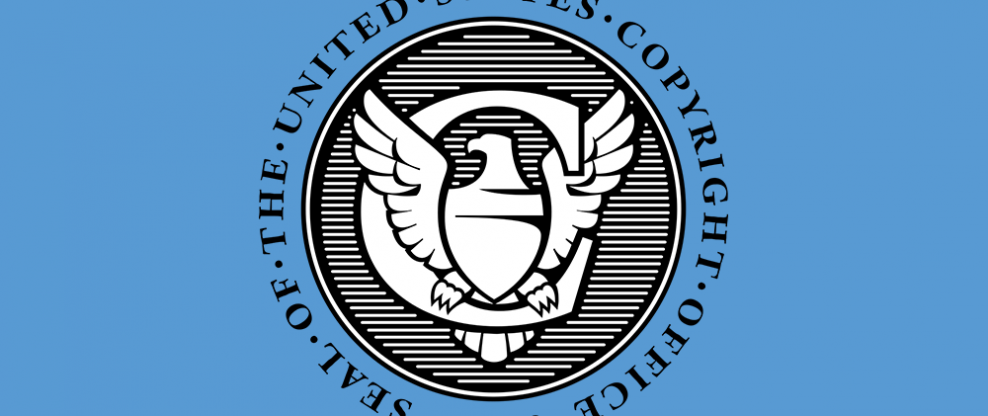(Hypebot) — Here, Chris Castle makes a case for why the Copyright Royalty Board should index song rates in the face of the looming specter of inflation
Guest post by Chris Castle of Music Technology Policy
The Consumer Price Index (used by the Copyright Royalty Board to increase statutory royalties paid by SoundExchange) rose again in September according to the U.S. Department of Labor Statistics. The CPI-U (all items) index rose .4% for the month to 12 month rate of 5.4%.

You may hear deflection about not counting “volatile” factors like energy and food in the CPI and we should deduct those to use “core” CPI which is lower and more stable. This is all fine and good for the Gnomes to use core CPI for inflationary trends, but for consumers or songwriters it would be like the Romans at Cannae saying Hannibal only had the few elephants. It entirely misses the point that inflation is coming and it will kick your ass.
This CPI increase is relevant for songwriters and publishers for a very simple reason–the CRB could apply the CPI-U to mechanical royalties in the Phonorecords IV proceeding like they did in the Webcasting V proceeding. That ruling looked like this:

In fact, there is a history of increasing statutory royalties based on inflation (called “indexing”), particularly mechanical royalties. Unfortunately, there is also a history of freezing the statutory rate now applied to physical records, permanent downloads and ringtones. That rate was frozen in 2006 at 9.1¢, well before the rise of streaming. Why hasn’t the CRB increased that 9.1¢ rate since then?
Probably because no one has asked them to until the comments were opened for the current mechanical rate hearing called “Phonorecords IV” and the broad opposition to frozen mechanicals stepped forward. Today’s release of the September CPI just points out again how songwriters have been ravaged by inflation. According to the Bureau of Labor Statistics inflation calculator, in order for songwriters to have the equivalent buying power in 2021 to the 9.1¢ rate in 2006, the statutory rate should be increased to 13¢. And remember, that’s not an increase–that 13¢ just keeps you even.
Alternatively, 9.1¢ in 2006 dollars is worth about 5¢ today in 2021 dollars. So by not obtaining an increase in prior CRB rate setting proceedings, songwriters cut their mechanical income substantially however you calculate it. Why? Hard to explain because the ravages of inflation are so predictable. Somehow the services in Web V agreed to indexing but and the services in Phono IV did not? That seems implausible.
There’s lots of different ways that this could have been done and the problem could have been avoided. New ideas may be a possibility for future rate settings. But that ship has sailed for Phonorecords IV given the procedural posture (not to mention the bizarre timing issues of the Phono III remand).
Remember that the CRB sets rates in five year periods of time. The rates set in Phonorecords IV will be in effect for five years (2023-2027). Given the current inflationary trends, it is entirely possible that inflation (or more likely stagflation as I argued in a recent post) could reach levels we haven’t seen since the 1970s.
Do you want to make that bet? Try explaining that at home. If 2020-era songwriters lose the bet, they will suffer the same fate at 1970s songwriters–inflation will grind their meagre mechanical royalties to less than zero.





























